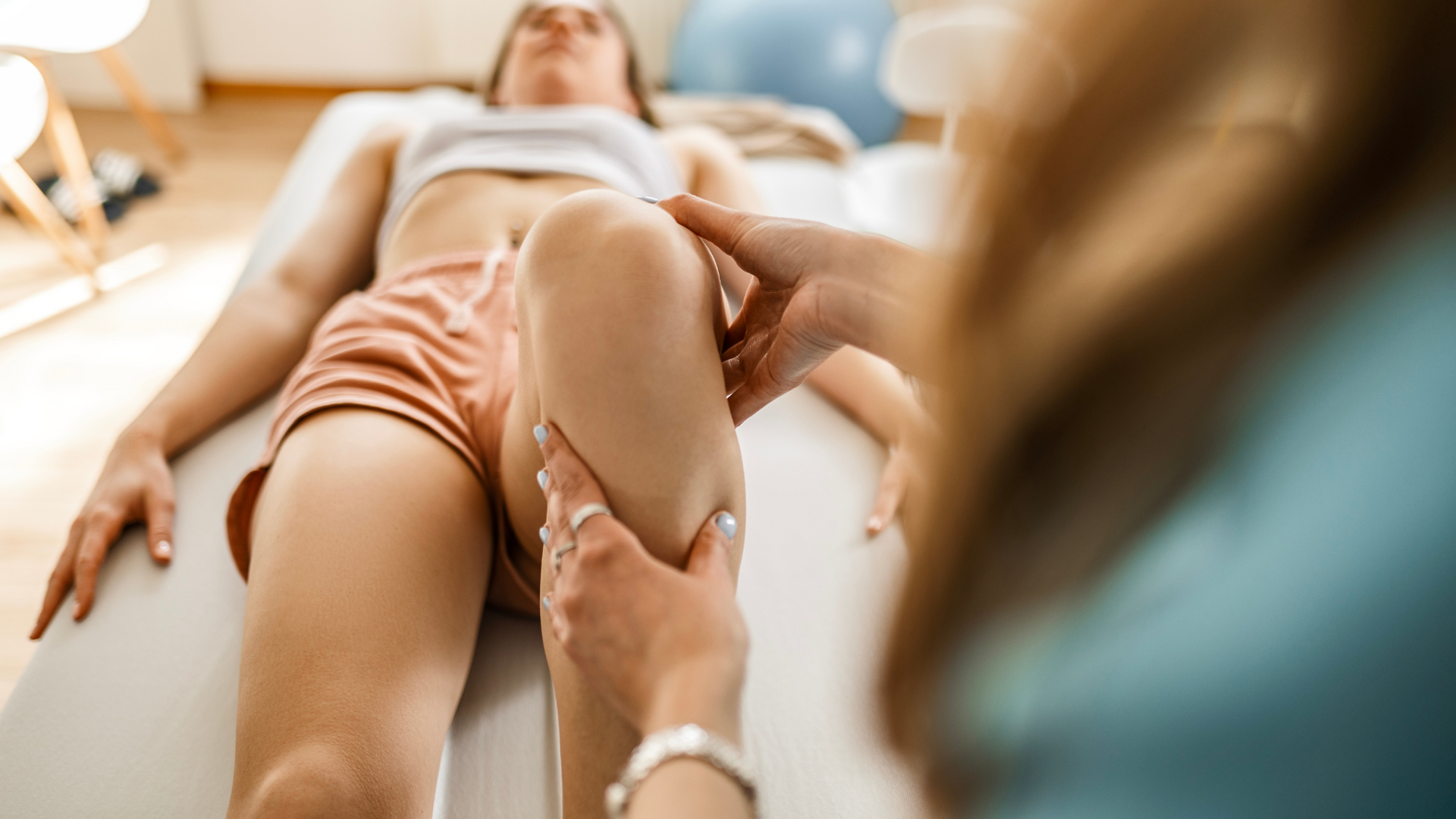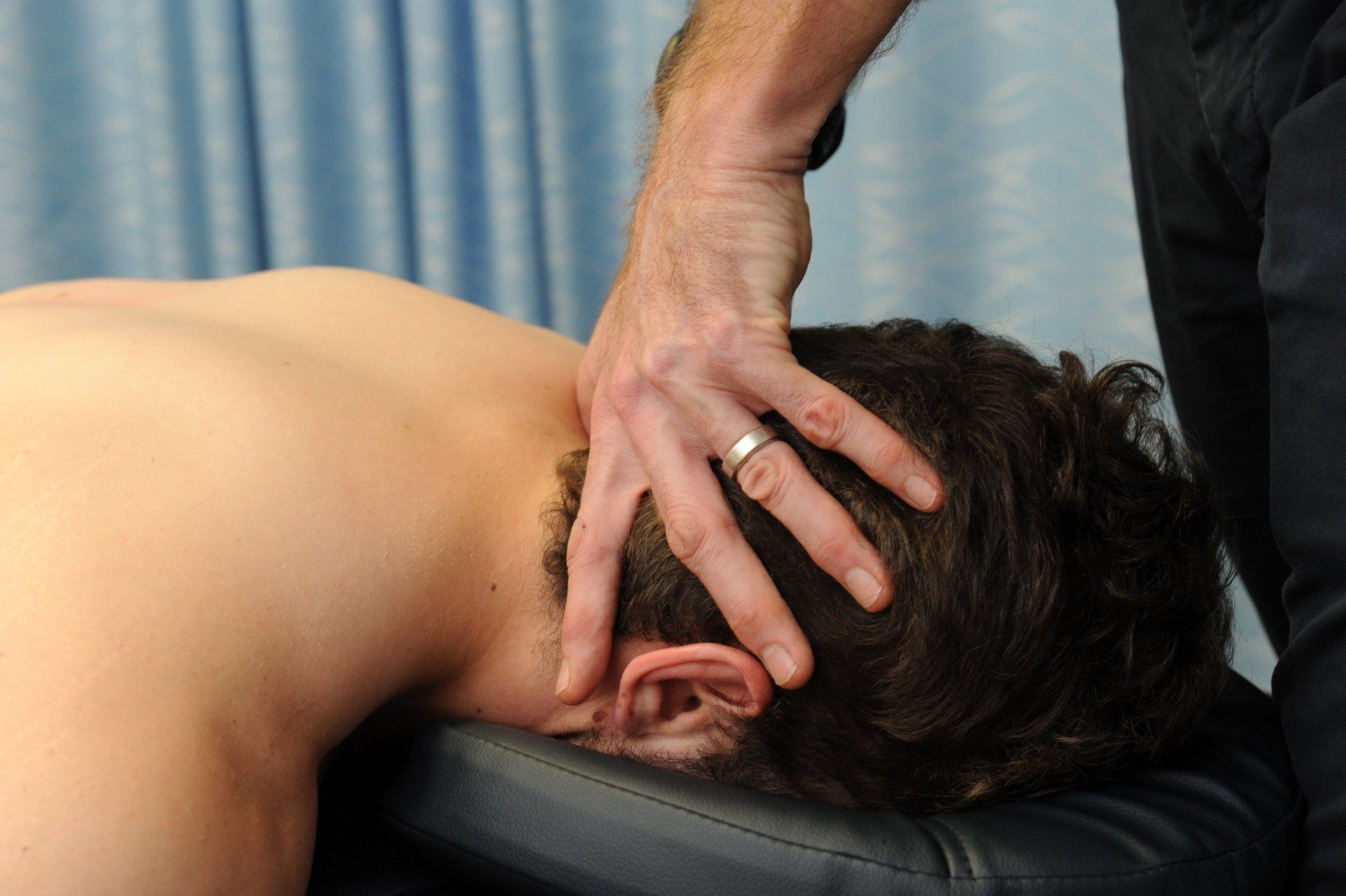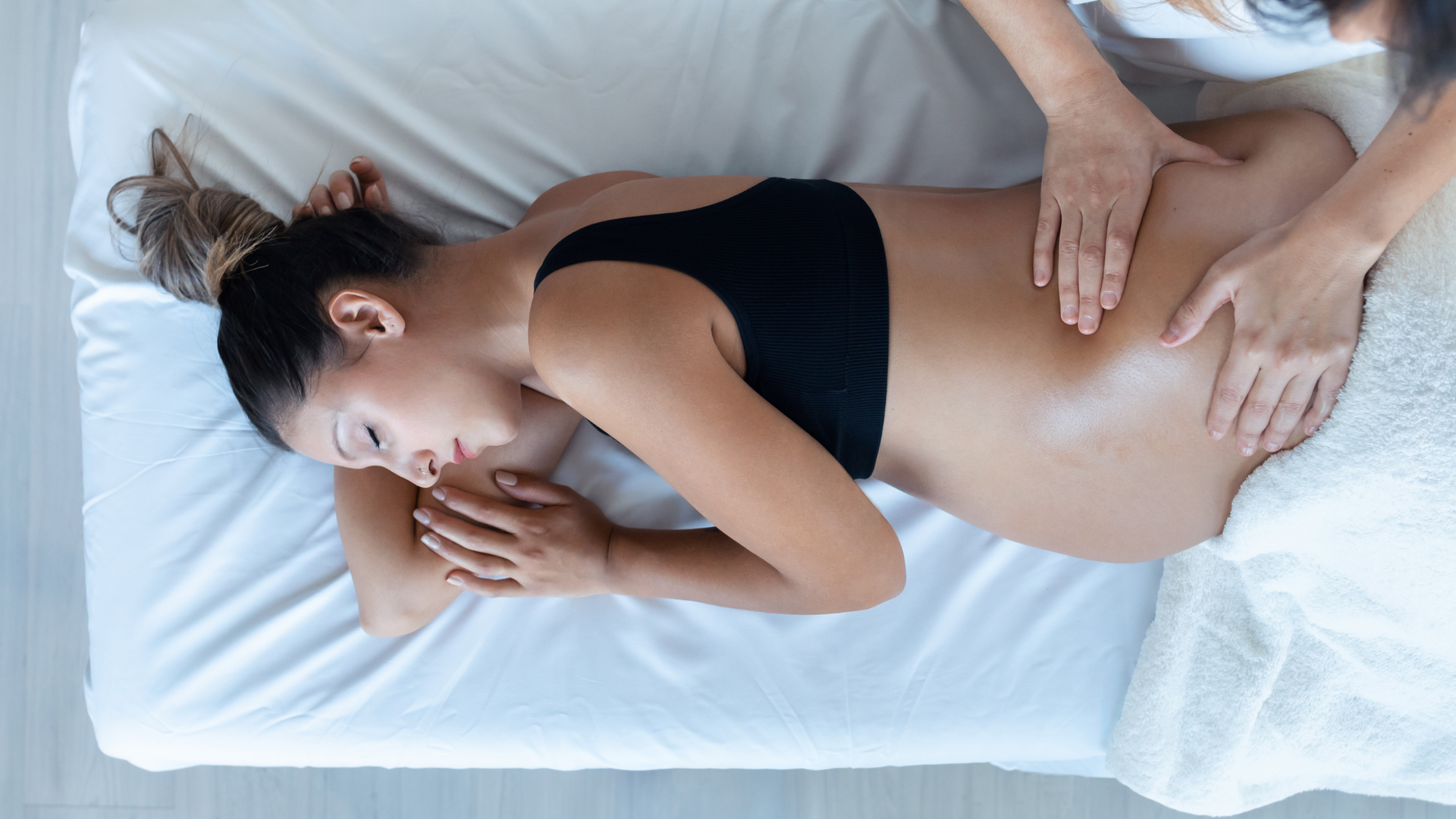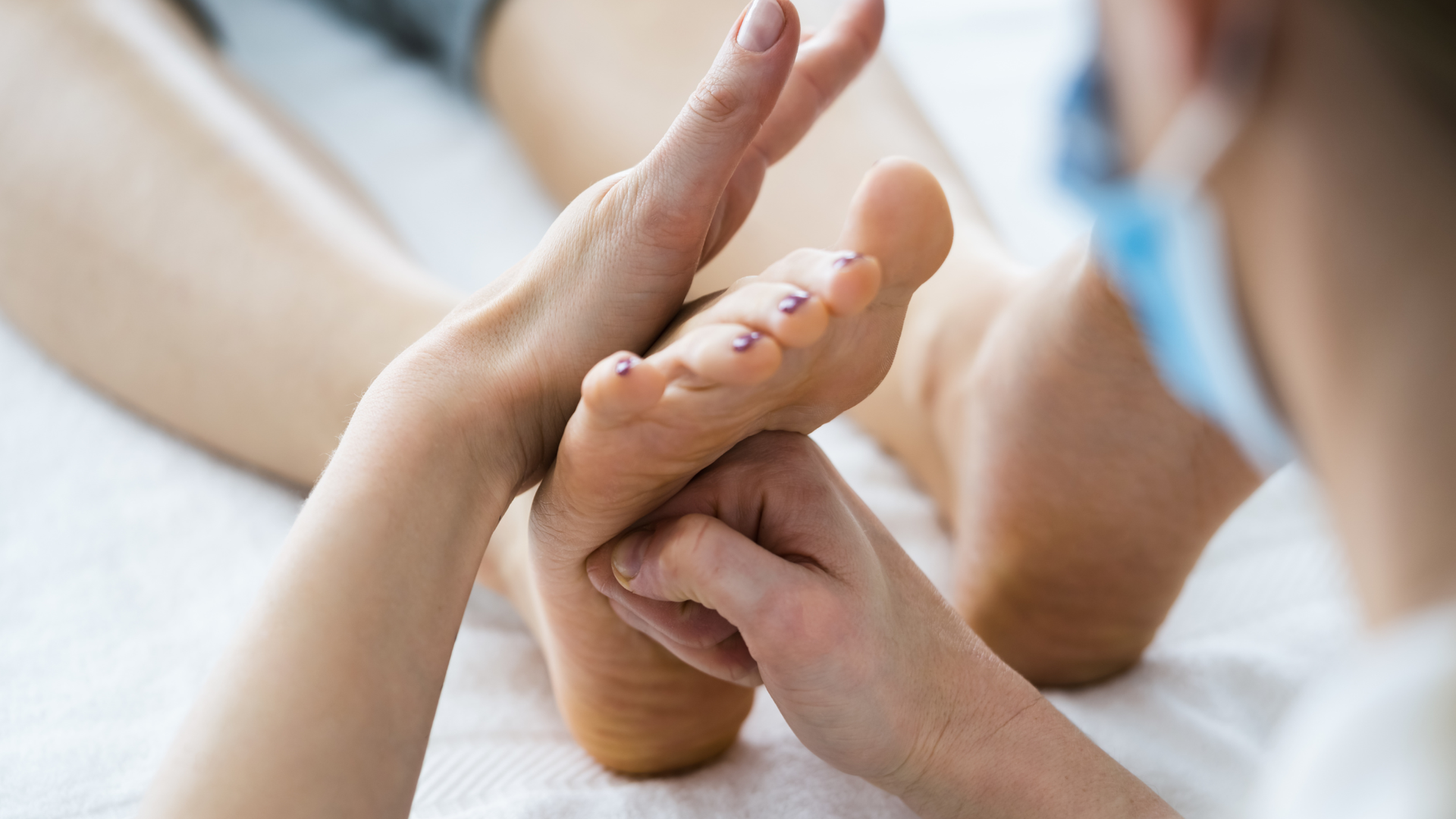The Hip Joint - Hip Pain & Osteoarthritis
Reduce the chance of hip OA by managing your risk factors and exercising regularly
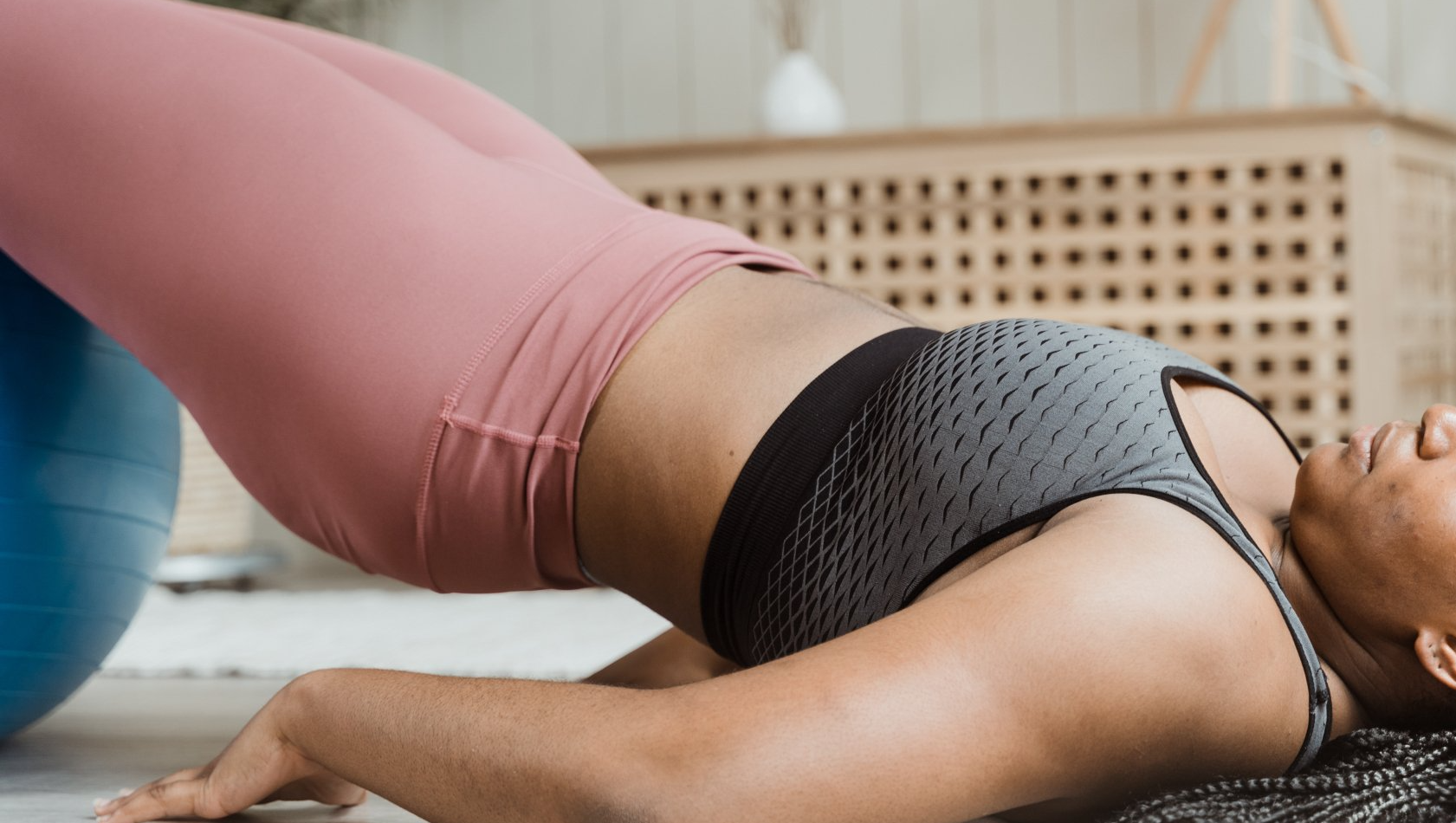
Osteoarthritis (OA) is the most common form of chronic arthritis and as a disease is currently estimated to affect 2.2 million Australians or 9.3% of the population. While OA can affect any joint, the larger, weight-bearing joints are more commonly affected, namely the knee and the hip. There is no cure for osteoarthritis however many of the risk factors for developing OA are modifiable. The judicious use of physiotherapy services to identify risk factors, develop treatment plans and manage a progressive therapeutic exercise program can significantly assist with managing the symptoms and functional implications of OA.
Anatomy 101
Understanding the impact of hip OA starts with education, and no better place to start than with a little anatomy lesson. Click here to open an image of the hip joint and learn some basic relevant anatomy of the hip joint.
5 facts about OA from the Australian Physiotherapy Association
What's the risk?
There are a few factors that can contribute to your risk of having hip OA over your lifetime. Some of these are modifiable (ie. they can be changed) while others we are stuck with! Non-modifiable risk factors include family history and age (over 55 years old). Modifiable risk factors include previous lower limb joint injuries, physically demanding careers and being overweight. Through injury prevention programs, workplace risk mitigation and regular exercise these factors can be reduced.
As our population gets older the number of Australians with OA is expected to rise from 2.2 million in 2015 to almost 3.1 million by 2030 (RACPG, 2018). Unfortunately, there is no specific cure for OA and most people will never require surgery, however suffering from hip OA can be very painful and significantly impact your quality of life.
How does it develop?
Throughout everyone’s lifetime, the cells that make up the surface of joints go through a normal cycle of wear and repair. If there is inadequate time for the repair process to occur, then over time, issues can develop. In hip OA there is an imbalance of cartilage cells breaking down and an ineffective repair process resulting in joint degerative changes.
When this occurs the cartilage covering the joint surface gets thinner and, over time, develops fissures or cracks. This irritates the joint, which results in an increase in inflammation, irritation of nerve endings, pain and biomechanical changes.
OA is typically characterised by stiffness, joint pain and swelling. While an xray is not necessary to diagnose hip OA, it may demonstrate some of the effects of hip degeneration, with loss of joint height and development of bony outcrops around the joint. In severe cases imaging will assist in making an informed decision regarding surgical intervention.
How will OA affect me?
Living with hip OA can significantly impact the ability to participate in daily activities and do the things we love. The onset of pain in hip osteoarthritis normally comes on gradually over a period of months to years. Symptoms vary depending on what you do on a particular day. Pain is usually felt in the groin, thigh and buttock region. Walking, standing up or bending down can become increasingly difficult. A common complaint is the difficulty experienced when trying to put on shoes or socks. Overtime, without appropriate care and advice, the muscles around the hip can become weak, which puts further strain on the joint.
How can physiotherapy help me with my hip OA?
The best course of action is to engage early with a physiotherapist who provides targeted treatment, tailored exercises, and education. Physiotherapists are equipped with extensive knowledge of anatomy and disease processes and are well suited to prescribe therapeutic exercises to help increase the strength of the muscles around the hip and improve cartilage health.
Targeted treatment can assist in loosening tight muscles, improving joint mobility and reducing pain. Individualised progressive exercise programs have been shown to help relieve pain and improve function in those with hip OA regardless of age and degree of disease.
Education is really important. Terms like “wear and tear” and “bone-on-bone” are unhelpful and reinforce common misconceptions. This can lead to fear-avoidance behaviours and reinforce a decline in physical activity. It is important to remember that even if your x-rays show limited space between your joints, your symptoms can improve, and you can benefit from exercise. Joints need to be exposed to loads and movement in order to stay healthy, and appropriate exercise is unlikely to worsen your OA even if it causes some pain! In many studies exercise has been shown to relieve pain and improve function in individuals living with hip OA.
What are the possible exercise options for hip OA?
At Movement For Life Physiotherapy we follow evidence based guidelines on exercise prescription for the management of hip OA. Our physiotherapists will guide you through a tailor-made treatment and exercise program which may consist of:
- Hydrotherapy
- Group Lower Limb Rehab
- Core Plus
- 1:1 Clinic Sessions
- Gym or Home Exercise Programs
The Take Home
Hip OA is common and will become more prevalent as our population ages. If you are symptom-free but have risk factors (such as a family history or previous hip injury), get in early and work on a preventative program with your physio. If you already have signs and symptoms of hip joint OA, remember that it can be well managed through joint mobilisation, soft tissue techniques, stretches and exercise. Maintaining activity through appropriately prescribed strength and conditioning exercises is a key to healthy hips.
If your looking for some more information on total hip replacement, check out this perspective from the Journal of Orthopaedic Sports and Physical Therapy:
Do you have hip pain or think you might have hip OA? Have you had hip replacement surgery?
Give us a call. We are part of a well-connected network of physiotherapists, massage therapists, doctors and surgeons and can treat and manage your hip pain with a personalised, goal-oriented and comprehensive management plan.
Call now on 08 8945 3799 or click on BOOK AN APPOINTMENT to book online.
Ref: The Royal Australian College of General Practitioners. Guideline for the management of knee and hip osteoarthritis. 2nd edn. East Melbourne, Vic: RACGP, 2018.
